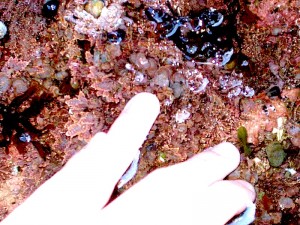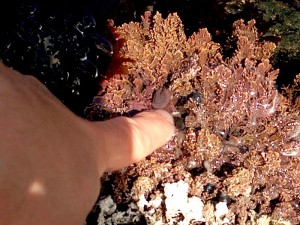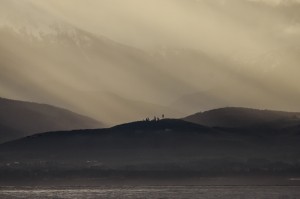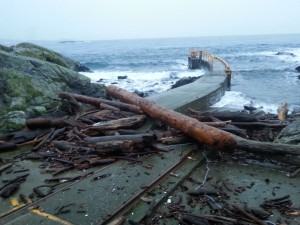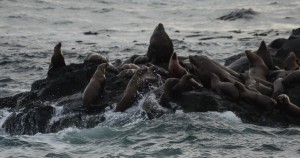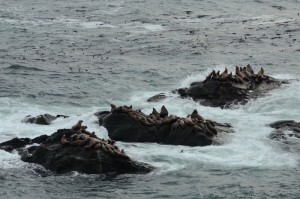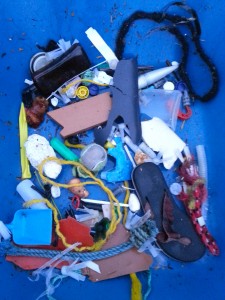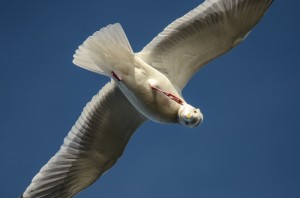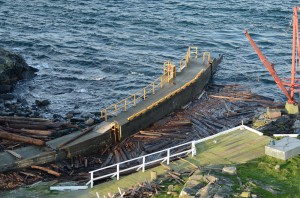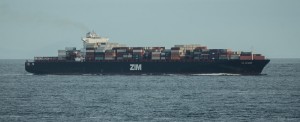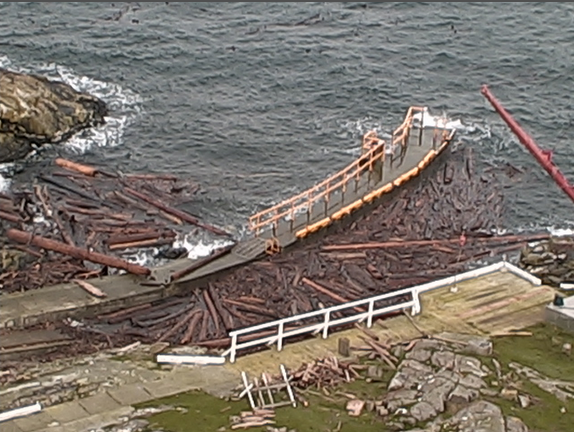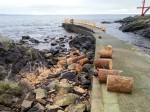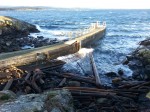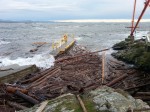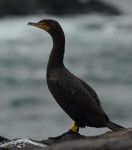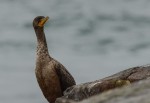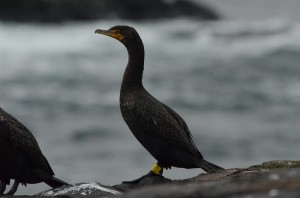Classification:
Phylum: Rhodophyta
Class: Rhodophyceae
Order: Cryptonemiales
Family: Corallinaceae
Mesophyllum sp.
Description: This plant is erect, up to 2 cm. wide. Its colour is dark pink to purple. Shape is circular. It exists as a flattened growth epiphytic on many geniculate rhodophytes such as Bossiella sp.
Habitat: On geniculate rhodophytes in tide pools.
Pacific Coast Distribution: Alaska to California.
Other Rhodophytes or Red Algae at Race Rocks
 The Race Rocks taxonomy is a collaborative venture originally started with the Biology and Environmental Systems students of Lester Pearson College UWC. It now also has contributions added by Faculty, Staff, Volunteers and Observers on the remote control webcams. —Ryan Murphy The Race Rocks taxonomy is a collaborative venture originally started with the Biology and Environmental Systems students of Lester Pearson College UWC. It now also has contributions added by Faculty, Staff, Volunteers and Observers on the remote control webcams. —Ryan Murphy |

